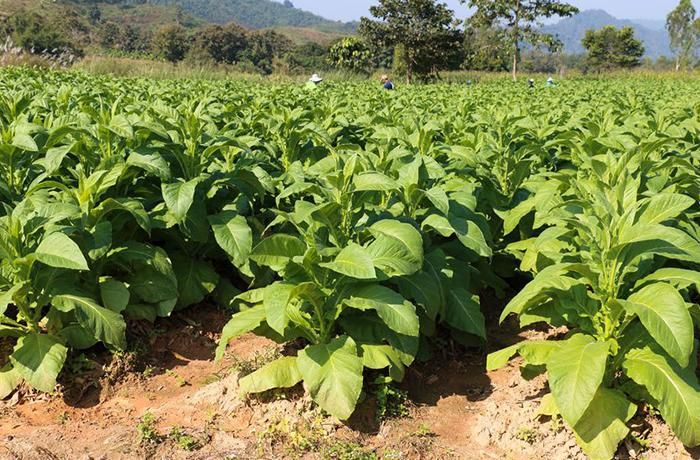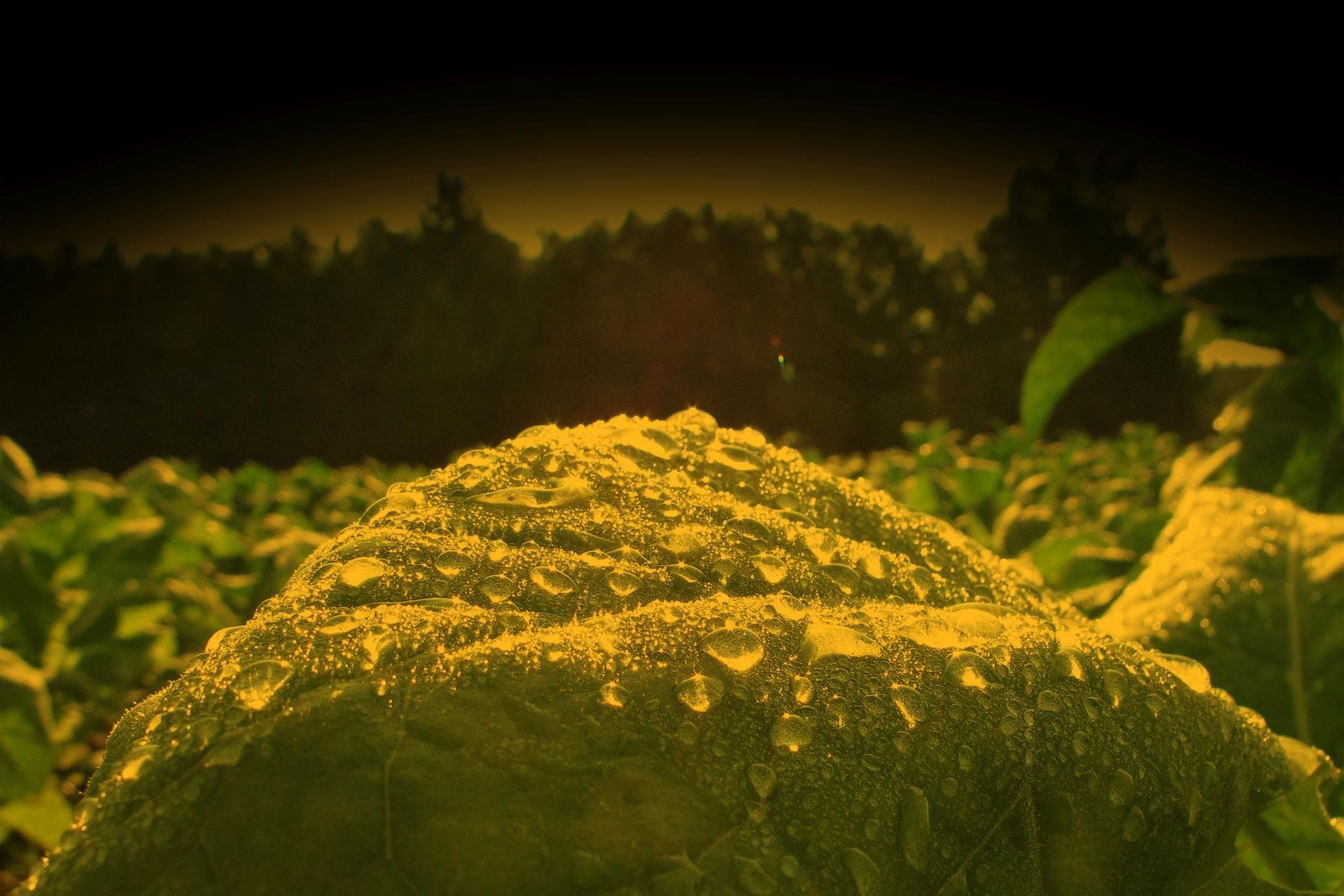Importance of the tobacco market in Poland

According to the European Commission’s Agriculture and Rural Development Agency, tobacco is currently commercially cultivated in 12 EU countries. But the main producers are Italy, Bulgaria, Greece, Spain, and Poland, which together account for 85% of the EU’s total tobacco output. Tobacco production in Poland has a long tradition, with Virginia and Burley varieties today making up the bulk of the crop. But Kentucky tobaccos and the rather strong and pungent Skroniowsky varietal are also grown, although in much smaller quantities.
FCV cultivated in Poland is characterized by a nice, warm, natural yellow color, soft tissue and – due to predominantly manual harvesting – practically no defects in the leaf. In most other western European countries tobacco is harvested using machines, which often damages the delicate leaves, causing lower quality and darker color after curing. Typically classified into six grades, Polish FCV boasts a very high sugar content of about 25% and extremely low nicotine of up to 1.2%, perfect for both shisha tobacco and cigarette manufacturing.
On the other hand, and depending on the variety, burley from Poland may either have high or low nicotine but generally is almost bereft of sugar and comes in large and intensely brown leaves. Lastly, Kentucky varietals, as well as the Skroniowsky type, are usually fire-cured and smoked, making them exceptionally strong with a very intense scent and aroma.
Local farmers have specialized in growing these types of tobaccos for many years, bring great expertise to the market and have established the necessary infrastructure, like drying barns. Moreover, the specific microclimate is very suitable for producing high-quality FCV with low nicotine and high sugar levels.
A characteristic feature of Polish tobacco plantations is their high fragmentation. There is a small number of farms with an area larger than several dozen hectares. In most cases, a typical tobacco plantation, based on statistics prepared by the Ministry of Agriculture, counts between 1 to 4 hectares. Such a large dispersion is primarily the result of the fact that a few years ago the process of tobacco subsidies financed by the EU ended. At the moment, farmers are relying solely on themselves.
When it comes to the numbers, the annual production of Virginia type tobacco leaves in Poland is about 25,000 tons - this is the most popular type of tobacco in our country. In the case of Burley, its annual harvest is about 7,500 tons.1
The specificity of the market situation in Poland is the fact that it is dominated by international tobacco concerns, having almost 90% of market share, and by fixing the price of tobacco buy-outs they control prices throughout the country. Currently, only a dozen legally registered companies compete for annual tobacco growing in Poland, including a handful of international traders and multinational corporations. One of such independent companies is Tobacco of Poland Sp. z o.o. operating simultaneously in several parts of the country, leading both Virginia-type tobacco as well as Burley and Strong Skroniowski. Despite the unfavorable political atmosphere in the approach to growing tobacco, Tobacco of Poland Sp. z o.o. is recording systematic and stable development, with a steady increase in purchases of products in the form of whole tobacco leaves, while maintaining timely payments and the highest standards of service.
1 Inspired by data developed by the "Tobacco Asia" magazine

